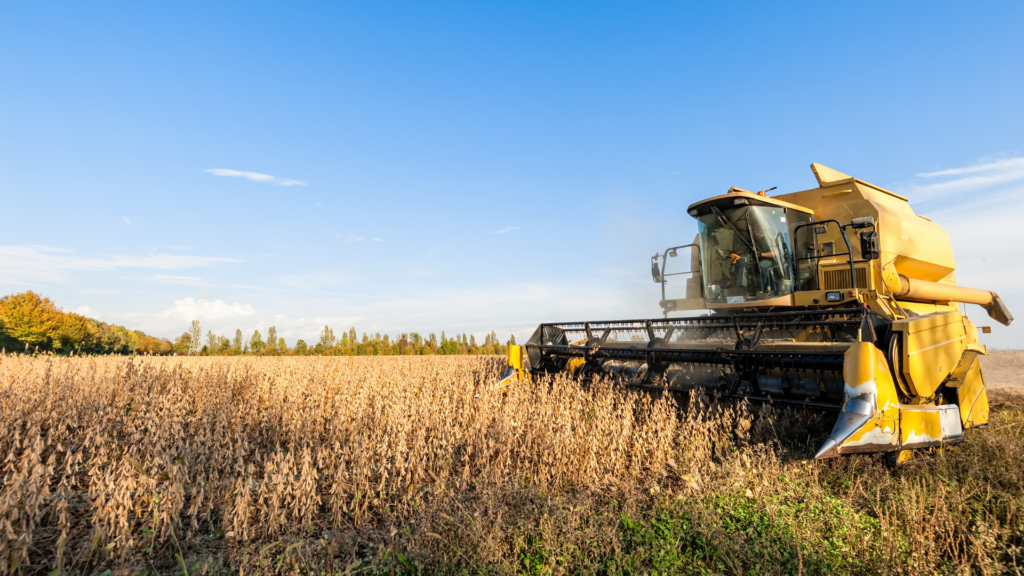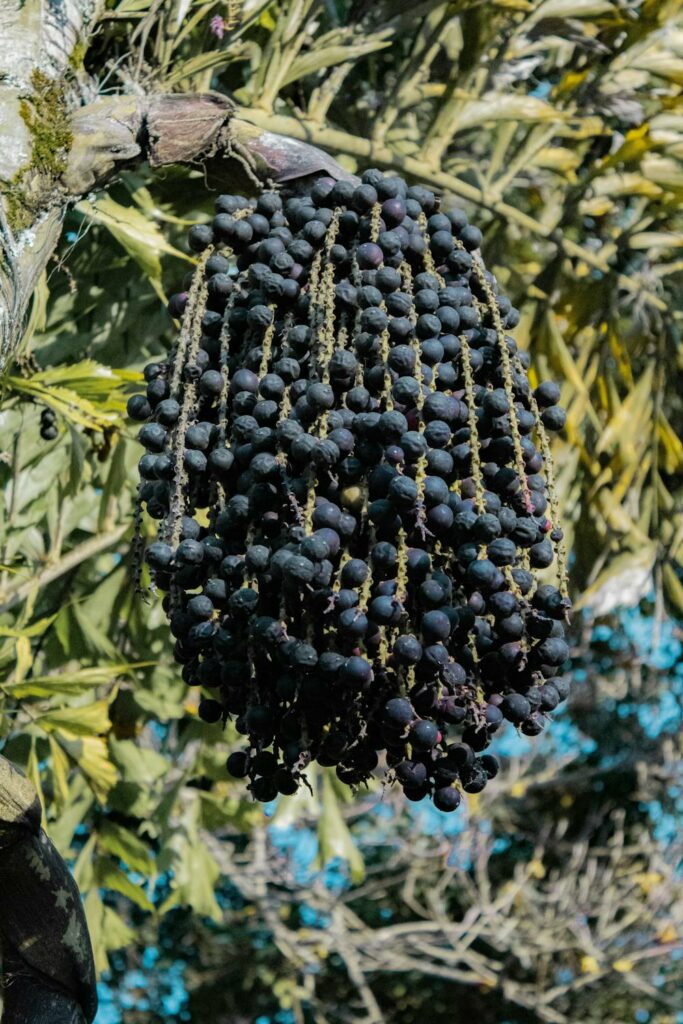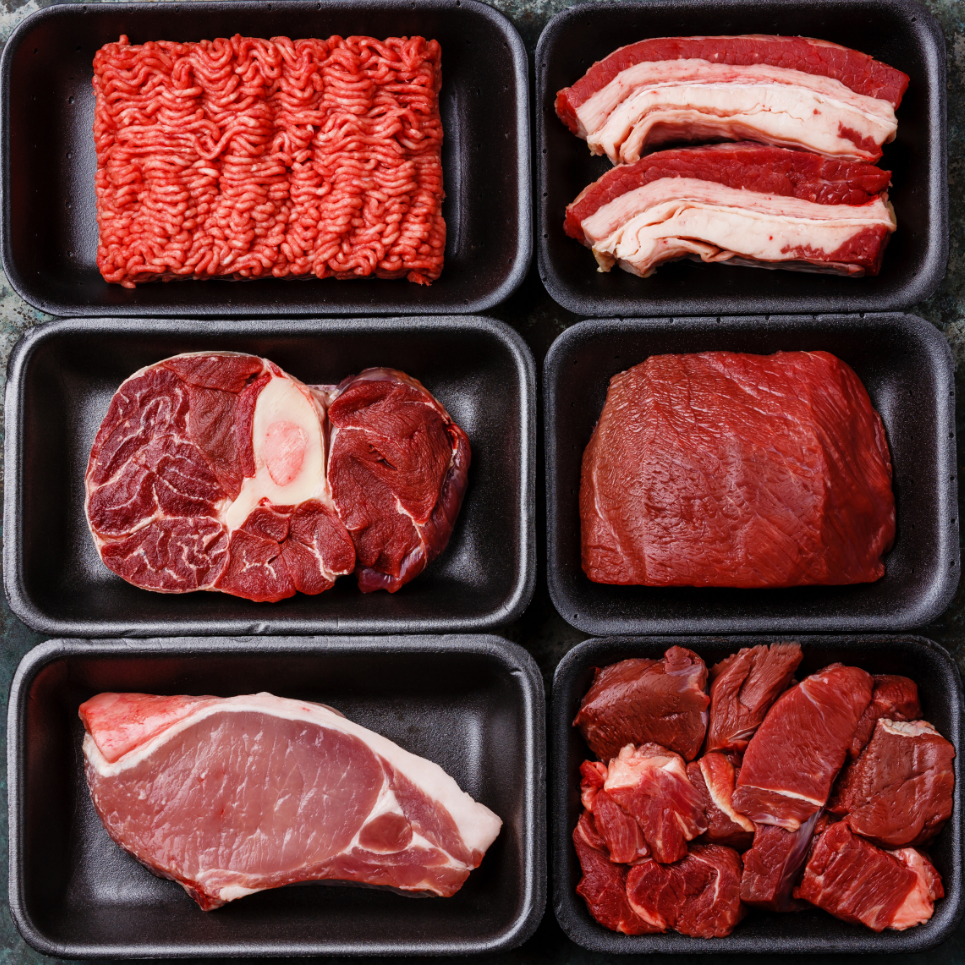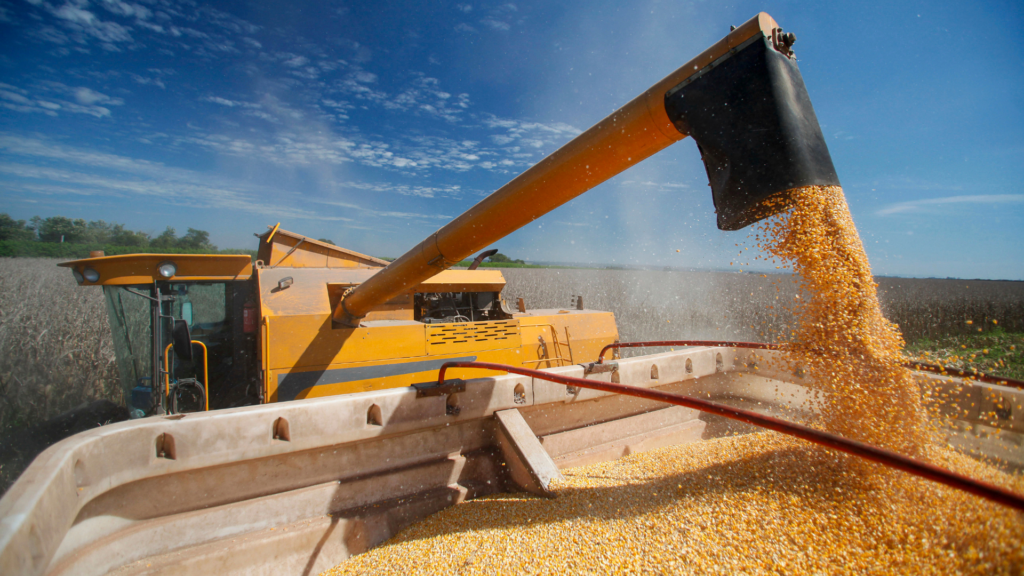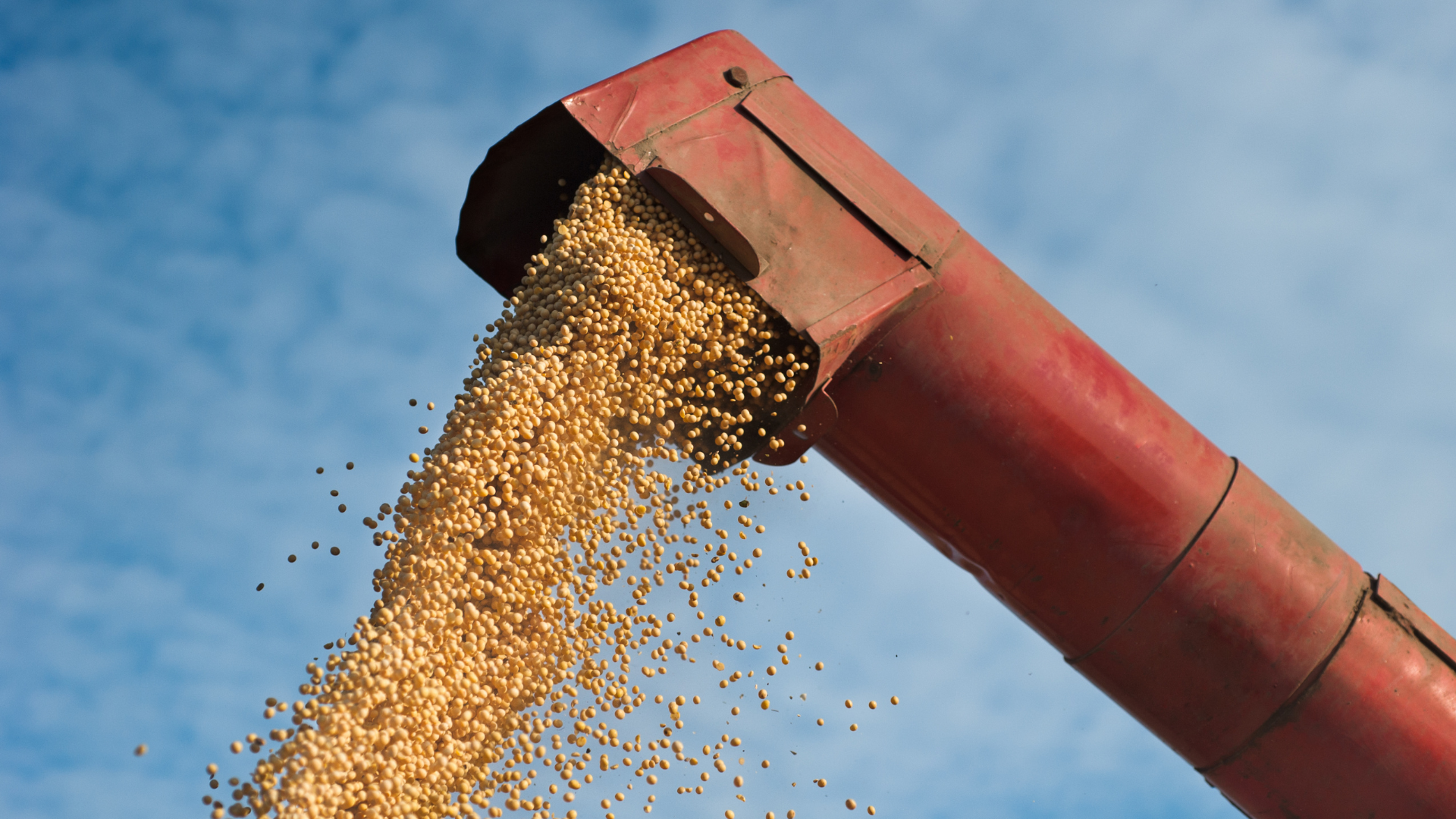
Soy is a legume originating from East Asia, widely cultivated for its edible seeds, which have numerous uses in both human and animal nutrition. With the scientific name Glycine max, soy stands out as one of the main sources of plant protein and edible oil worldwide, as well as being used in a wide range of industrial products, from paints to biofuels.
Nutritionally, soy is highly valued for its high protein content, which is comparable to that of many animal protein sources, making it a popular substitute for meat in vegetarian and vegan diets. Additionally, soy contains essential fatty acids, various vitamins and minerals, and is a good source of fiber. Soy is also known to contain phytoestrogens, substances that can mimic the action of estrogen in the body, which has sparked debates about its beneficial effects and potential health risks.
The cultivation of soy has spread globally over the centuries, with the United States, Brazil, and Argentina currently being the largest producers worldwide. The expansion of soybean cultivation, especially in South America, has raised significant environmental issues, including deforestation, loss of biodiversity, and impacts on local ecosystems. However, more sustainable farming practices are also being developed to minimize these environmental impacts. Thus, soy continues to be an agricultural resource of enormous economic and nutritional importance, with significant challenges and opportunities for the future.


